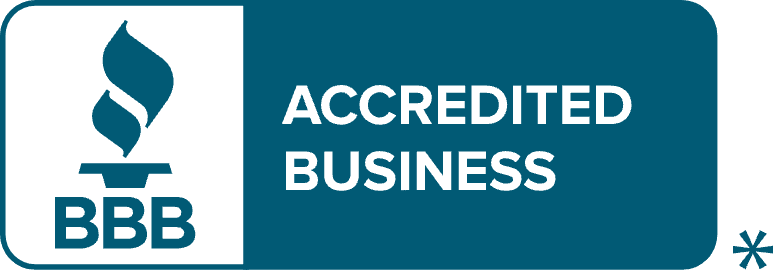Is that Education Savings Account Ready to go Back to School?
August 1, 2019
Before we know it, tuition bills for fall semester will be due, books will need to be purchased, and school fees must be paid. The tuition at colleges and trade schools...
What is a Coverdell Education Savings Account?
April 18, 2011
(ESA) is an account created as an incentive to help parents and students save for education expenses. The total contributions for the beneficiary of a Coverdell Education...


